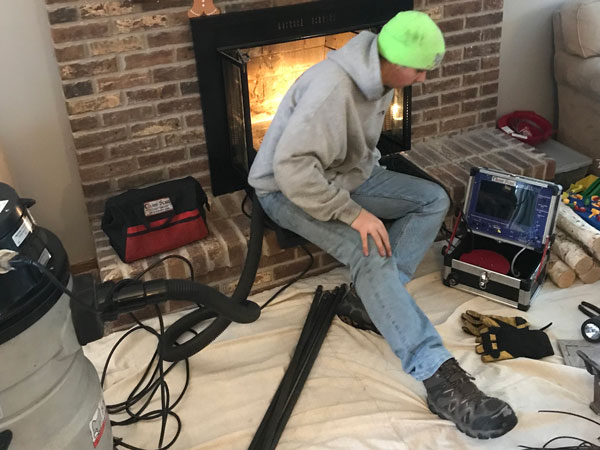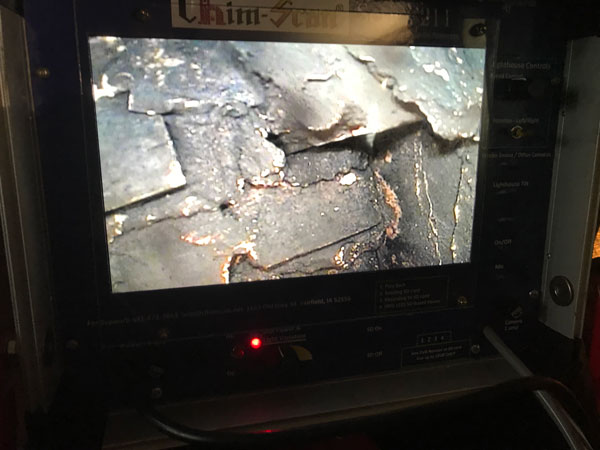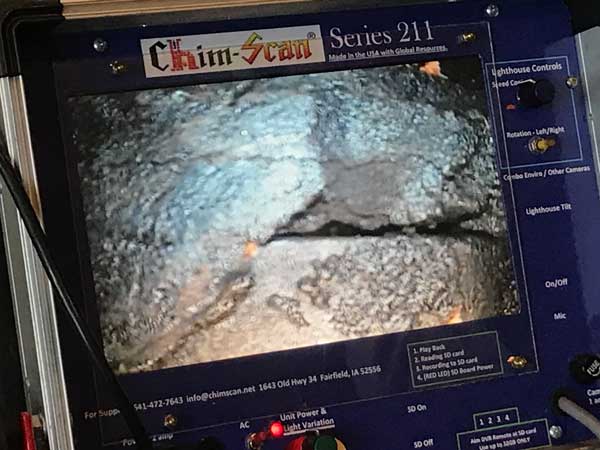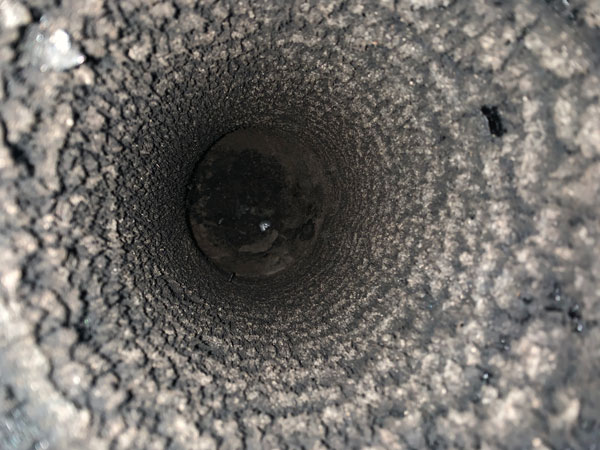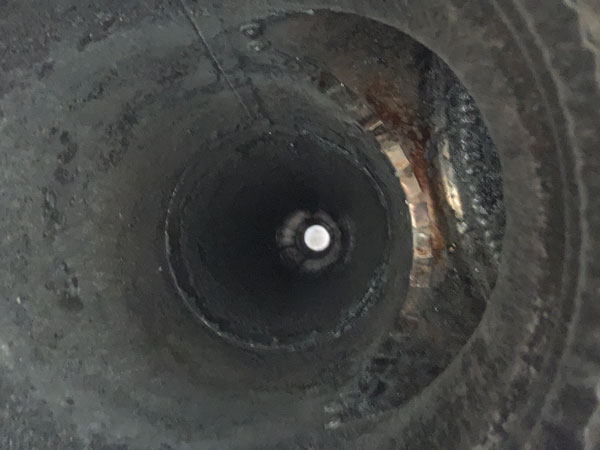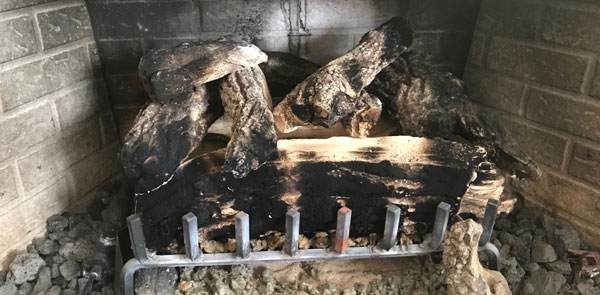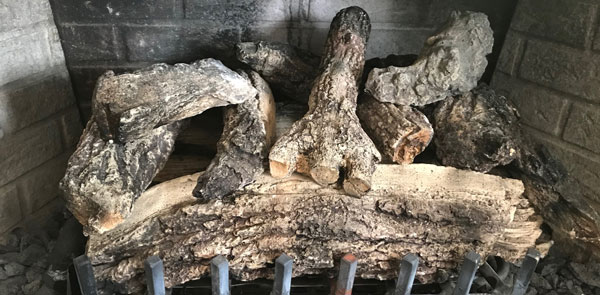Chimney Sweeping & Inspection
What Is Chimney Sweeping?
Chimney sweeping is the process of cleaning out soot, creosote, and debris that collect inside your chimney. Because buildup can block airflow and trap flammable creosote, regular sweeping keeps your home safe and your fire burning well.
Why Sweeping Prevents Chimney Fires
Creosote forms when wood burns. When too much builds up, it can ignite suddenly, sending flames racing up the flue. Therefore, chimney sweeping each year cuts fire risk and protects your family and home.
How Sweeping Improves Heat Efficiency
Soot and creosote narrow the chimney’s air path. As a result, fires burn cooler and smoke may spill back into your room. Meanwhile, a clean flue lets air flow freely. Consequently, your fireplace or stove delivers more heat and less smoke.
The Chimney Sweeping Process
- Inspection: A sweep checks for cracks, blockages, and animal nests.
- Brush Cleaning: Special rods and brushes scrub down the flue walls.
- Creosote Removal: Stubborn deposits may need wire brushes or chemical logs.
Final Check: The chimney is vacuumed and the damper is tested for smooth operation.
When to Schedule Your Sweep
- Annual Maintenance: Have your chimney swept once per heating season.
- Heavy Use: If you burn wood daily, consider a mid-season check.
- New Installations: Sweep before using a new stove or fireplace.
Key Takeaways
- Chimney sweeping removes fire-fuel creosote.
- It boosts fireplace or stove performance.
- A pro sweep inspects flue health and function.
By keeping your chimney clean, you ensure safer fires and cozier rooms all winter long.
Chimney Video Inspection
Creosote Buildup Before & After
Three levels of chimney inspections
What Is a Level 1 Chimney Inspection?
A Level 1 inspection is the simplest check of your chimney system. First, the technician examines all easily reached areas of the chimney and vents. Then, they look for cracks, blockages, or other signs of wear. Because this inspection covers only accessible parts, it’s ideal when no major changes have been made to your fireplace or stove.
With a Level 1 inspection, you gain a clear picture of your chimney’s basic health—helping you spot potential problems before they grow.
What Is a Level 2 Chimney Inspection?
A Level 2 chimney inspection builds on the basics of a Level 1 check. First, the technician reviews all readily accessible parts inside your chimney and vent system. Then, they expand the scope to include your attic, crawlspace, and basement. In addition, they inspect both the chimney’s interior and exterior, plus the appliance and its connection to the flue.
Furthermore, a Level 2 inspection verifies that your chimney and flue are built to code. Finally, the technician uses a video camera to scan the flue from top to bottom, so you can see any hidden cracks or blockages. As a result, you gain a complete picture of your chimney’s condition—especially after renovations or before a home sale.
What Is a Level 3 Chimney Inspection?
A Level 3 chimney inspection is the most in-depth review you can get. First, the technician completes all checks from Level 1 and Level 2 inspections. Next, they target concealed areas—such as inside walls or between bricks—where hidden damage may lurk.
Because Level 3 inspections involve opening parts of the chimney or home structure, they require consent and careful planning. However, this thorough approach uncovers issues that basic exams could miss, making it essential after fires, major repairs, or when unseen hazards are suspected.
Gas Log Set Cleaning Before & After
Fireplace Stone Cleaning Before & After
Honest, Affordable & Experienced
The Clear Choice for your home improvement needs.
What Fox River Clients Are Saying

